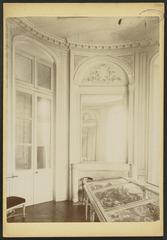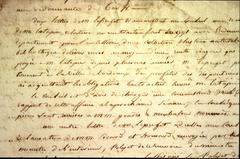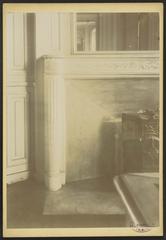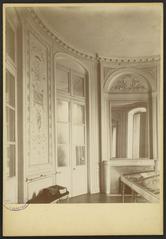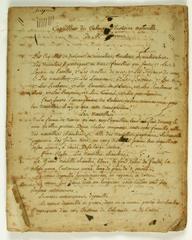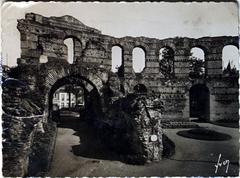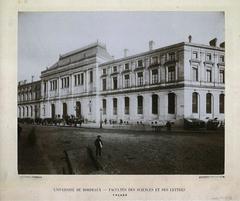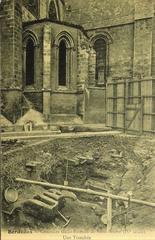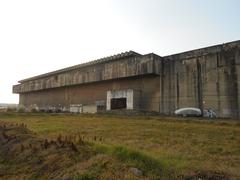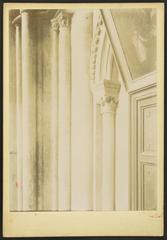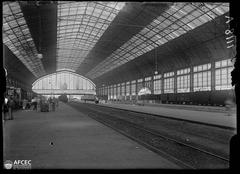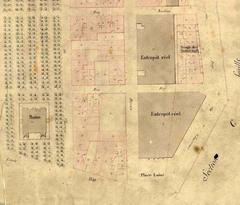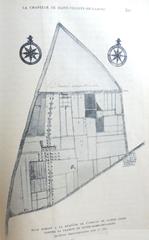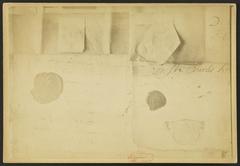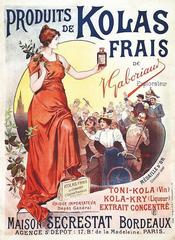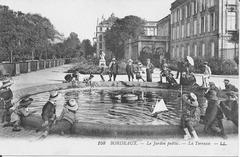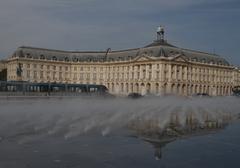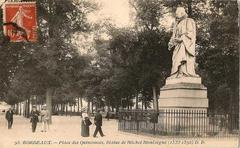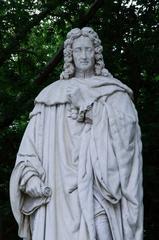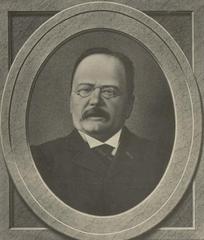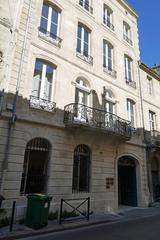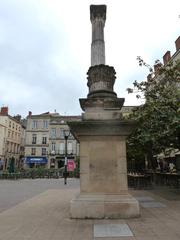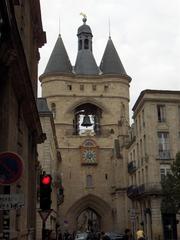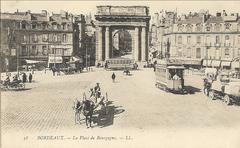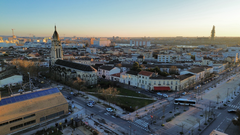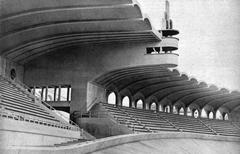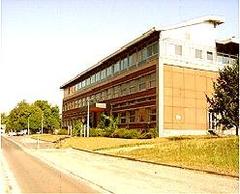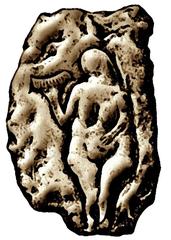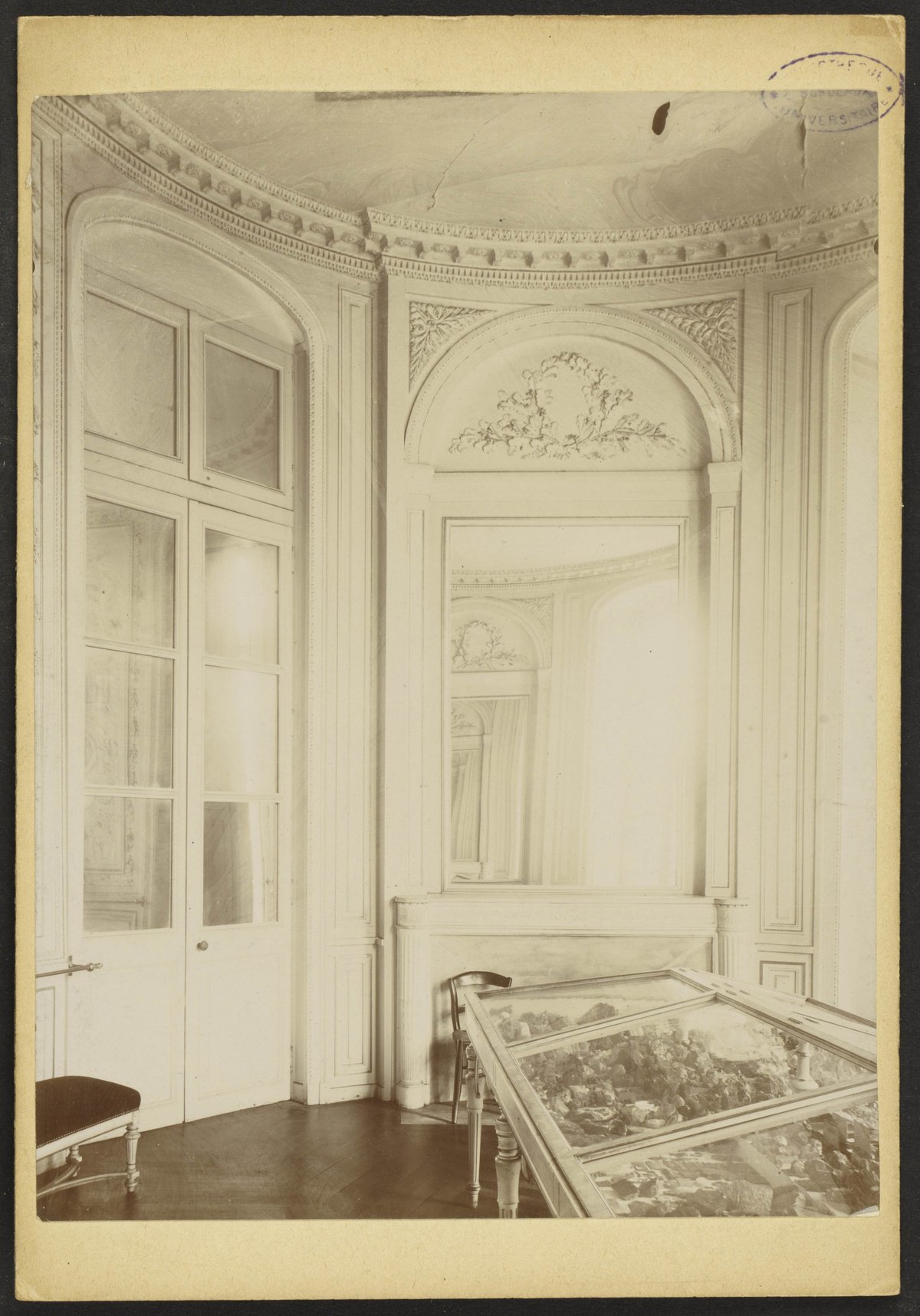
Muséum d’Histoire Naturelle de Bordeaux: Visiting Hours, Tickets, and Comprehensive Visitor Guide
Date: 14/06/2025
Introduction
Set in the heart of Bordeaux and bordered by the lush Jardin Public, the Muséum d’Histoire Naturelle de Bordeaux is an essential destination for history enthusiasts, nature lovers, and families. Established in 1791, the museum is housed in the elegant Hôtel de Lisleferme and features over a million specimens representing the rich tapestry of regional and global natural history. This guide provides all the key information you need for your visit—including opening hours, ticket options, accessibility, exhibition highlights, and practical tips—ensuring a memorable experience at one of France’s most renowned museums (visiter-bordeaux.eu; museum-bordeaux.fr).
Table of Contents
- Introduction
- Historical Overview
- Architectural Heritage
- Visitor Information
- Exhibitions and Activities
- Family and Child-Friendly Features
- Practical Tips for Visitors
- Frequently Asked Questions (FAQ)
- Planning Your Visit
- Location and Access
- Facilities and Accessibility
- Contacts and Further Resources
- References
Historical Overview
Origins and Early Development
Founded in 1791 during the Enlightenment, the Muséum d’Histoire Naturelle de Bordeaux began as the “Cabinet d’histoire naturelle,” featuring the pioneering collection of Professor Latapie. Its growth was fueled by Bordeaux’s role as a port city, facilitating the acquisition of naturalist collections from across the globe. By 1804, additions like the Journu-Auber collection expanded its scientific reach, and throughout the 19th century, contributions from explorers and scholars cemented its reputation (visiter-bordeaux.eu; pointdevue.fr).
Relocation and Institutional Growth
In 1862, the collection moved to the Hôtel de Lisleferme, a neoclassical mansion within the Jardin Public, providing a prestigious and spacious home for the expanding collections (familinbordeaux.fr; animalya.fr). The museum’s proximity to the tranquil Jardin Public creates a unique blend of culture and nature (nouvelle-aquitaine-tourisme.com).
20th and 21st Century Developments
Designated a historical monument in 1935, the museum continued to grow, amassing over a million specimens and enhancing its scientific and educational roles (bordeaux.fr). After a decade-long renovation, it reopened in 2019 with modernized galleries and interactive displays, integrating heritage architecture with contemporary museography (pointdevue.fr).
Architectural Heritage
The Hôtel de Lisleferme
Built in 1778, the Hôtel de Lisleferme is a prime example of Bordeaux’s neoclassical architecture, with its symmetrical façade, grand staircase, and ornate moldings carefully preserved. The building’s integration with Jardin Public further enhances its historic charm (familinbordeaux.fr; animalya.fr).
Renovation and Modern Museography
The 2019 renovation introduced climate control, multimedia installations, and improved accessibility. Galleries are organized for both chronological and thematic exploration, featuring interactive elements and immersive experiences (pointdevue.fr).
Signature Specimens
Notable highlights include “Miss Fanny,” an Asian elephant greeting visitors since 1892, and a striking blue whale skeleton, each symbolizing the museum’s commitment to public engagement and scientific education (familinbordeaux.fr; bordeaux.fr).
Visitor Information
Opening Hours
- Tuesday to Sunday: 10:00 AM – 6:00 PM
- Closed Mondays and certain public holidays
For the latest information, consult the official museum website.
Tickets and Booking
- Adults: €7
- Reduced (students, seniors): €5
- Free: Children under 18, Bordeaux residents
- Tickets available online or at the museum entrance
- Guided tours and group visits require advance booking
Accessibility
- Step-free access, elevators, and adapted restrooms
- Services for visually or hearing-impaired visitors available on request
Getting There
- Address: 5 Place Bardineau, 33000 Bordeaux, within the Jardin Public
- Tram lines B and C (stop: Jardin Public)
- Limited parking nearby; public transport recommended
Nearby Attractions
- Jardin Public
- Bordeaux Botanical Garden
- Place de la Bourse
- Chartrons district and Bordeaux’s historic center
Exhibitions and Activities
Permanent Collections
The museum’s comprehensive collections span zoology, paleontology, mineralogy, and botany, with exhibits highlighting both regional biodiversity and global natural history (journees-du-patrimoine.com). Thematic sections include:
- Regional fauna and flora
- Global specimens (mammals, birds, reptiles, insects)
- Fossils and minerals
- Historical scientific instruments and documents
Special and Temporary Exhibitions
Regularly changing exhibitions address contemporary scientific topics and environmental challenges. Notable themes include migration, climate change, and endangered species (museum-bordeaux.fr).
Interactive Features
- Multimedia shows and projection spaces
- Hands-on touch stations (shells, minerals)
- Family games and sensory experiences
- Workshops and guided tours led by museum facilitators
Family and Child-Friendly Features
- “Musée des Tout-petits”: Dedicated space for children under six
- Interactive exhibits and hands-on activities
- Educational workshops during school holidays
- Stroller access and family rest areas
Practical Tips for Visitors
- Photography: Non-flash photography is allowed in permanent collections; restrictions may apply in temporary exhibitions.
- Languages: Exhibit labels are mostly in French; English translations and audio guides may be available.
- Cloakroom and Storage: Secure lockers and buggy storage on the ground floor
- Gift Shop: Offers books, souvenirs, and educational toys
- Food & Drink: No café on site; Jardin Public and surrounding cafés are nearby
- COVID-19 Measures: Check the museum’s website for current health protocols
Frequently Asked Questions (FAQ)
Q: What are the visiting hours?
A: Tuesday to Sunday, 10:00 AM to 6:00 PM; closed Mondays and public holidays.
Q: How much do tickets cost?
A: Adults €7, reduced €5, free for children under 18 and Bordeaux residents.
Q: Is the museum accessible to people with disabilities?
A: Yes, with step-free access, elevators, and adapted restrooms.
Q: Are guided tours available?
A: Yes, book in advance for guided tours and group visits.
Q: Can I take photographs?
A: Yes, in most permanent collection areas; restrictions apply in some exhibitions.
Planning Your Visit
- Duration: A typical visit takes 1.5 to 3 hours.
- Best times: Weekday mornings for a quieter experience; first Sundays of the month offer free admission (except July and August).
- Groups: Advance booking recommended for groups and schools.
- Weather: Ideal for both rainy days and sunny outings thanks to the adjoining Jardin Public.
Location and Access
- Address: Hôtel de Lisleferme, 5 place Bardineau, 33000 Bordeaux
- Tram: Line C to “Jardin Public”
- Parking: Limited in the area; public transport advised
Facilities and Accessibility
- Mobility: Ramps, elevators, accessible restrooms, and seating areas
- Family facilities: Baby-changing stations, stroller access, and children’s activity zones
- Security: Bag checks upon entry (Plan Vigipirate security measures)
Contacts and Further Resources
- Phone: +33 5 56 48 29 86
- Website: Muséum de Bordeaux – Sciences et Nature
- Email: Contact form via official website
- Tourist Info: Bordeaux Tourist Office
References
- visiter-bordeaux.eu
- museum-bordeaux.fr
- journees-du-patrimoine.com
- bordeaux.fr
- Muséum de Bordeaux – Sciences et Nature Official Website
- Bordeaux Tourism Agenda
- nouvelle-aquitaine-tourisme.com
- pointdevue.fr
- familinbordeaux.fr
- animalya.fr
- Notre France
Final Tips
To make the most of your visit, check the museum’s website for updates on exhibitions and events, download the Audiala app for audio-guided tours, and follow the museum on social media. The Muséum d’Histoire Naturelle de Bordeaux is not just a museum but a vital part of Bordeaux’s cultural landscape, offering a rewarding experience for all ages.
